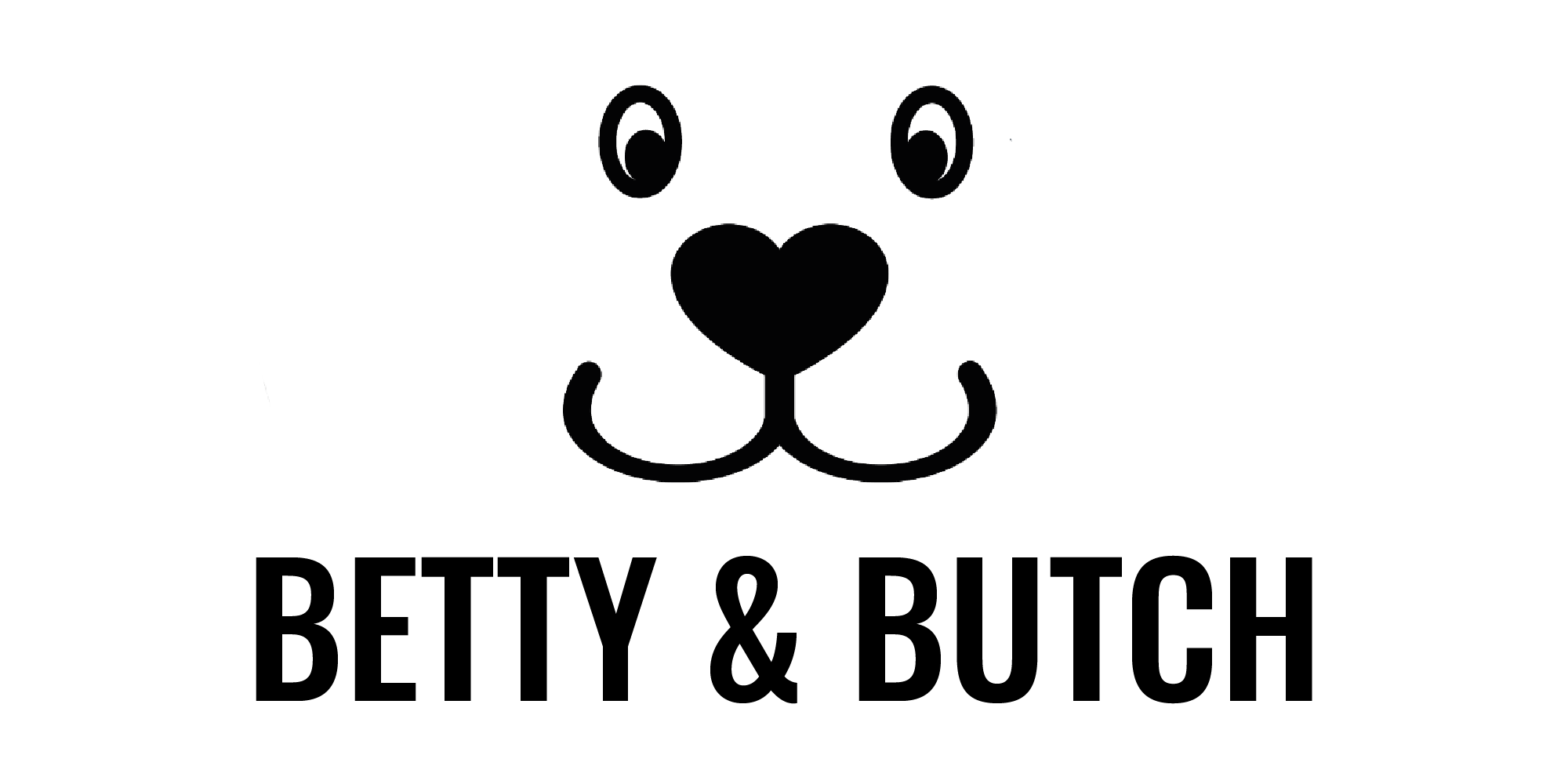As a dog owner, you want to do what's best for your furry friend. You may have heard that raw dog food is a healthier option for dogs, but you're not sure if it's safe. Here's what you need to know about raw dog food safety.
The Benefits of Raw Dog Food
Raw dog food is rapidly increasing in popularity among pet owners. It typically consists of meat and bones, along with fruits and vegetables.
Proponents of raw dog food argue that it more closely resembles what a dog would eat in the wild, thus providing them with essential nutrients. However, opponents point to the potential risks associated with bacterial contamination and environmental damage due to raw meat production.
Although there are drawbacks when switching to a raw diet, many dogs enjoy it, as they often find cooked meats unappetising.
Ultimately, each pet owner should do their own research before deciding whether or not raw dog food is the best option for their furry family member.
Pros and Cons of Raw Dog Food
Feeding your dog a raw diet has become increasingly popular, with advocates citing its health benefits and touting it as a more natural option than kibble.
While there is no scientific consensus that raw diets are healthier than the traditional processed-dog food options, they do offer some advantages. Raw diets generally have fewer carbohydrates and more protein, so they can be beneficial for overweight or elderly dogs who need to maintain their lean muscle mass.
Additionally, many of the nutrients provided in processed food are destroyed by the heat used during production; when fed in their natural state, these same nutrients remain intact and offer greater nutritional benefits for canines.
On the negative side, raw diets pose a potential risk of bacterial contamination and parasites if pet owners do not handle the feeding process correctly. Raw meat also carries potential risks of salmonella and Ecoli if consumed by humans handling it on occasion.
Therefore, everyone who cares for a pet consuming a raw diet should use caution to prevent potential health hazards associated with improper handling or storage.
How to Safely Prepare Raw Dog Food
Preparing and storing raw dog food is a great way to provide your pup with a balanced, healthy diet. However, it’s important to remember that this type of food needs to be handled carefully — just like any other food that you’d buy at the supermarket.
To help ensure that your pup gets the nutrition they need without running into any health issues, follow these tips when preparing and storing raw dog food.
First, wash all kitchen equipment and surfaces thoroughly with hot, soapy water before and after handling the raw pet food.
It’s also important to store the food in an airtight container in the refrigerator or freezer; when doing this, it’s best to avoid stacking packages as squeezing them could cause germs on one package to spread onto another.
Finally, make sure that you discard any leftovers within two days at most for refrigerator storage and one year for frozen storage — never serve your pup old or expired food. Keep these guidelines in mind when dealing with raw pet food, and you can rest assured your pet is getting the nutrition they deserve.
Which Dogs Benefit could from Raw Dog Food
When trying to determine the best diet for a dog, owners should consider all the possible options. A raw diet can be beneficial for some dogs, such as larger breeds, active dogs, and dogs with food sensitivities.
For large breeds, a raw diet can provide the needed nutrients they need to stay active while also preventing digestive issues that come with kibble. Active dogs require more natural sources of energy and protein than processed foods offer, making a raw diet ideal.
Dogs with food sensitivities will benefit from a raw diet because certain meats and fresh ingredients can be tailored to their needs. While it is important to consult with your veterinarian before making the switch to a raw diet, these types of pups may have much to gain from it.
More Information on Raw Dog Food
Many pet owners are looking for the best nutrition for their furry friends. A raw diet is a popular choice, but it is important to do your own research before deciding on this option.
Information may be found from sources such as veterinary journals, other pet owners, and canine nutritionists. It is worth making an effort to do your due diligence, as the health and well-being of your beloved pup can depend on choosing the right diet.
Understanding all the different types of raw diets, their benefits and risks can help you make an informed decision and ensure that your canine companion will get the nourishment they need.
Feeding your dog a raw diet can be beneficial, but it’s important to do your research in order to weigh out the pros and cons and make an informed decision about what’s best for your pooch.
A raw diet may be appropriate for some breeds that require extra amounts of nutrition or those with allergies or gastrointestinal issues, but it is not suitable for all dogs.
When preparing and storing the food safely, make sure to wear gloves, wash your hands often, keep pet food separate from human food items, and always refrigerate the food properly in airtight containers.
Ultimately, there are many things to consider before switching your pup over to a raw diet and it is crucial to consult with your veterinarian first.
With the right knowledge and guidance, you should be able to craft a custom-made meal plan that offers balanced nutrition & supports a happy and healthy life for your furry friend!




Comments (0)
There are no comments for this article. Be the first one to leave a message!